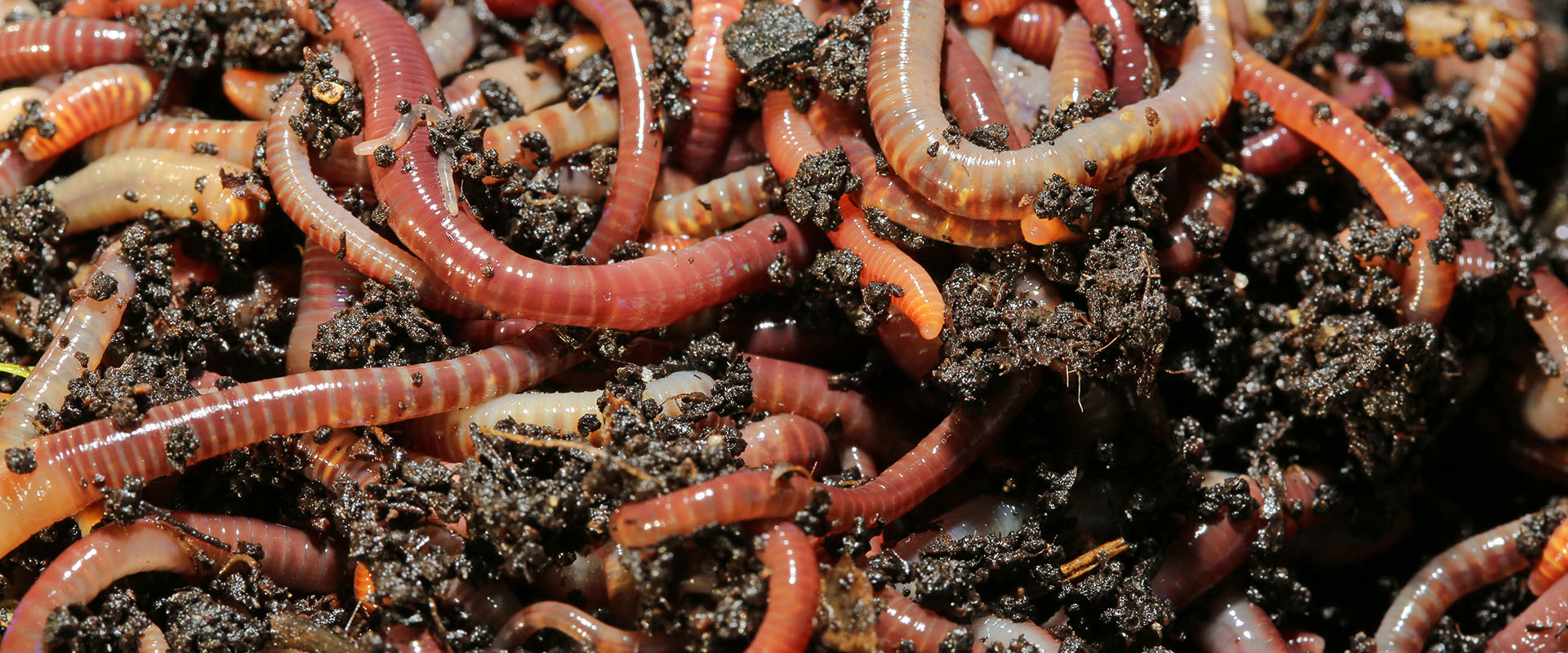Making a Wormery

You will need:
• A large clear plastic container with a lid
• Damp soil
• Damp sand
• Some worms from the garden
• Vegetable peelings and leaves
• Black paper
• Scissors
Making the activity:
• Add a layer of sand about 5cm thick, then a thicker layer of soil, then sand and finally another level of soil. Leave a gap of about 5cm to add vegetable peelings and leaves.
• Place the worms on top of the leaves and vegetable peelings.
• Safely make some holes in the lid so the worms can breathe.
• Wrap the black paper round the wormery and put it in a warm place.
• Observe each day and see what the worms are doing.
How this develops early scientific learning:
Children will be able to observe the important role worms play by:
• Increasing the amount of air into the soil
• Breaking down organic matter, like leaves and vegetable peelings Observe how worms move by using their small bristles, on each segment of their body to hook on and move through the soil.
DID YOU KNOW? - Charles Darwin, the famous biologist, studied worms for many years and noted that life on earth would not be possible without them as they play such an important role in making soil fertile for plants to grow.
Ask your child questions such as...
"What's happened to the leaves and the vegetable peelings"? OR "What's happened to the sand"?





